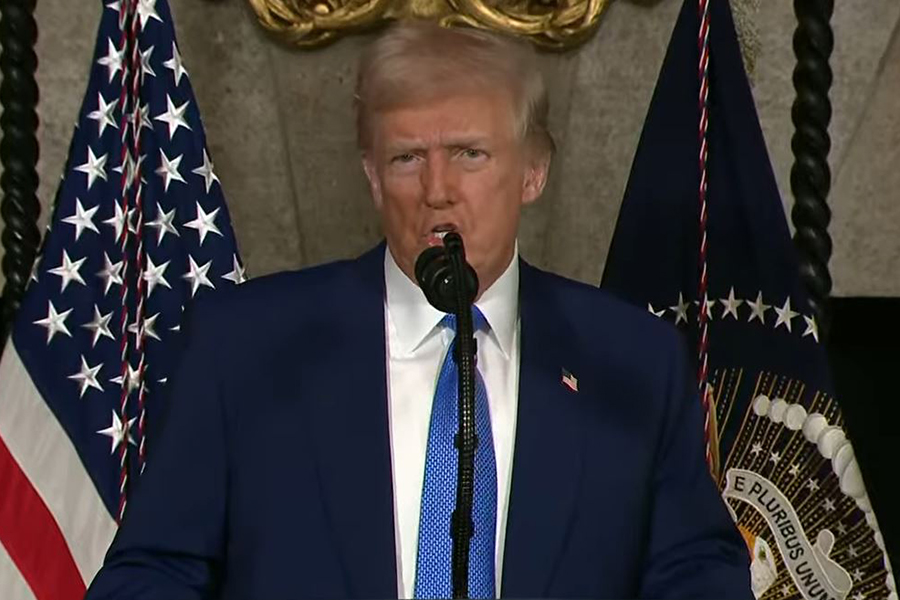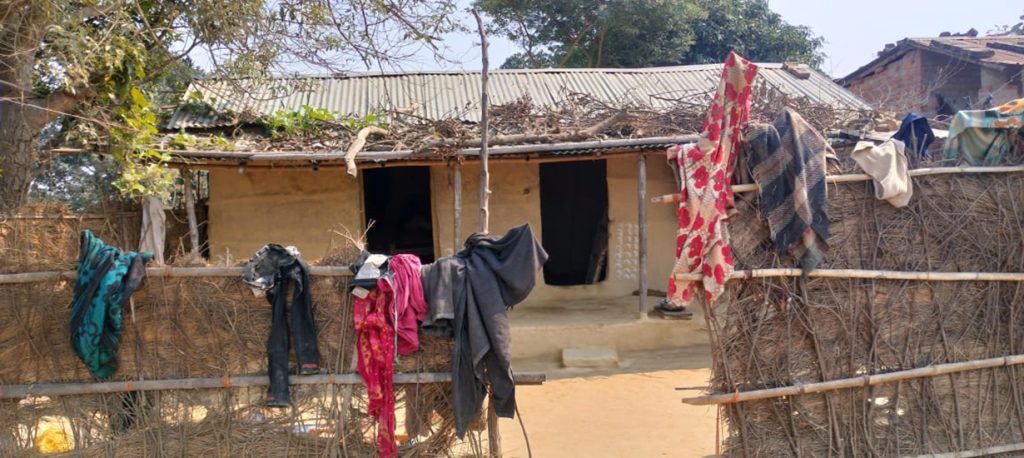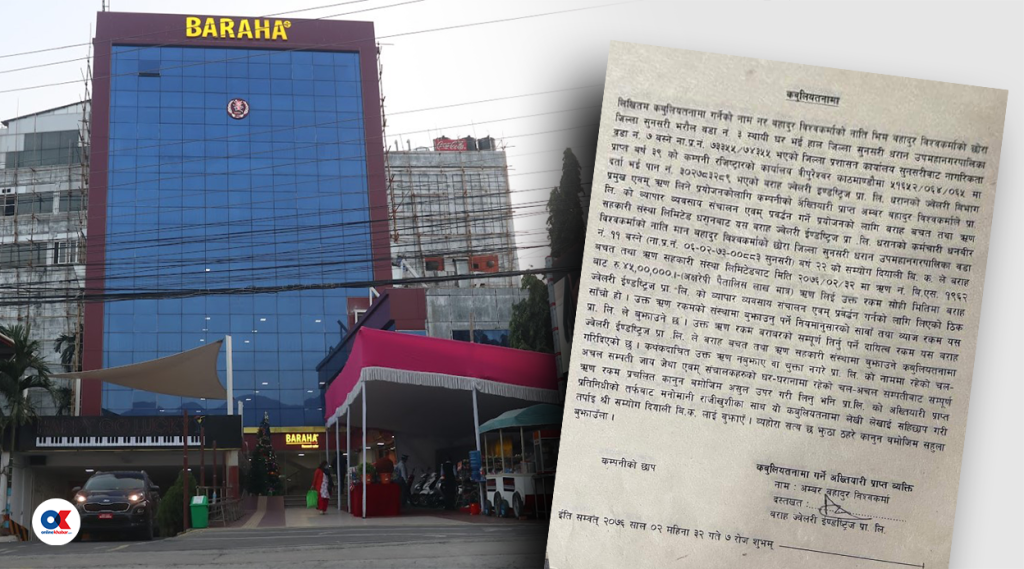
In the fiscal year 2023/24, Nepal exported 89 tons of coffee worth Rs 149.2 million while importing 443 tons worth Rs 419.8 million, highlighting a significant imbalance between coffee production and consumption.
On Saturday, Nepal celebrated its 20th National Coffee Day, but the state of coffee production tells a troubling story. Despite being renowned for high-quality Arabica coffee, Nepal’s annual coffee imports are more than double its exports, as per data from the National Tea and Coffee Development Board (NTCDB).
Import-export gap
Customs Department statistics reveal that in FY 2079/80 (2022/23), Nepal exported 77.86 tons of coffee valued at Rs 130.4 million, while importing 450 tons worth Rs 325.8 million. By FY 2080/81, exports rose slightly, but imports remained significantly higher.
Nepal produced 501.3 tons of green bean coffee last year, cultivated across 654 hectares of newly planted coffee farms. The total area under coffee cultivation has expanded to 4,309 hectares, with 17% of total production exported, according to the board.
Board spokesperson Deepak Khanal noted that of the 500 tons produced, only 90 tons are exported, with the remainder consumed domestically. Nepali coffee earns an average of $16 per kilogram in international markets, approximately three times higher than its import cost of $5-6 per kilogram.
Domestic consumption and unofficial channels
Nepal’s annual coffee consumption exceeds 2,200 tons, according to an NTCDB survey conducted with support from the International Coffee Organization. However, domestic production falls short, covering only a fraction of this demand. Notably, over half of the coffee consumed locally—approximately 1,200 tons—is sourced through unofficial channels.
Khanal highlighted that coffee beans are often imported under unrelated headings, such as pulses or legumes, contributing to discrepancies in formal trade data. This unregulated importation complicates efforts to manage Nepal’s coffee supply chain effectively.
The growing popularity of coffee among Nepal’s youth, coupled with an increasing number of cafes and outlets, has driven demand sharply upward. However, domestic production struggles to meet even a month’s worth of local consumption.
A rich but untapped history
Nepal’s coffee journey began in 1995 BS (1938 AD) when Hira Giri introduced coffee seeds from Burma and planted them in Gulmi. For decades, coffee cultivation remained limited to small-scale household efforts, with limited technological and commercial advancements.
Today, Nepal’s Arabica coffee, known for its organic nature and high quality due to its cultivation in high-altitude regions, has gained a premium reputation globally. Arabica accounts for 75% of the world’s coffee production and is a favourite among connoisseurs.
Despite its potential, Nepal’s coffee industry faces challenges in scaling up production to meet both domestic and international demand. Addressing the gap between imports and local production requires robust strategies to enhance cultivation, processing, and trade management.
The National Tea and Coffee Development Board is working to promote sustainable and systematic coffee farming. Experts emphasize the need to support local farmers with resources, training, and incentives to boost production while curbing unregulated imports. With focused efforts, Nepal has the potential to thrive as a significant player in the global coffee market.


























